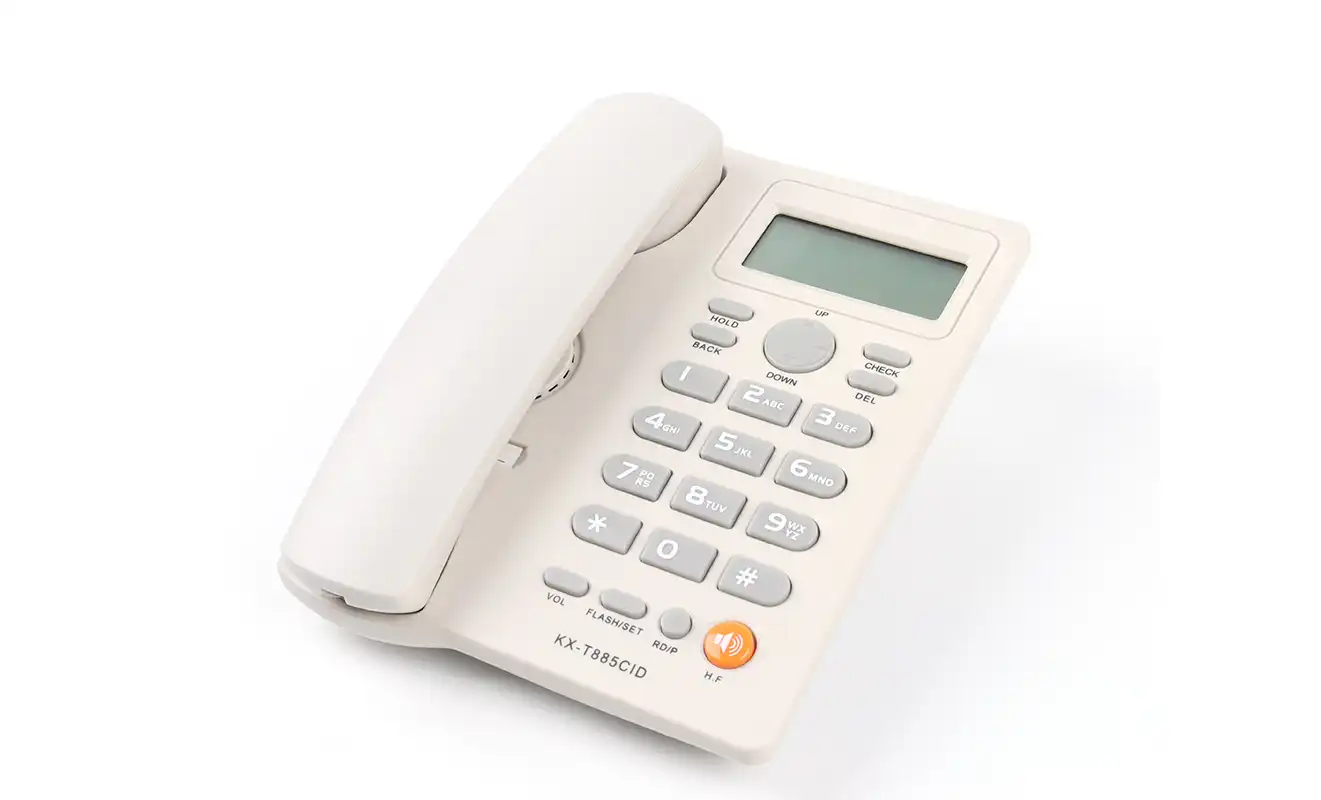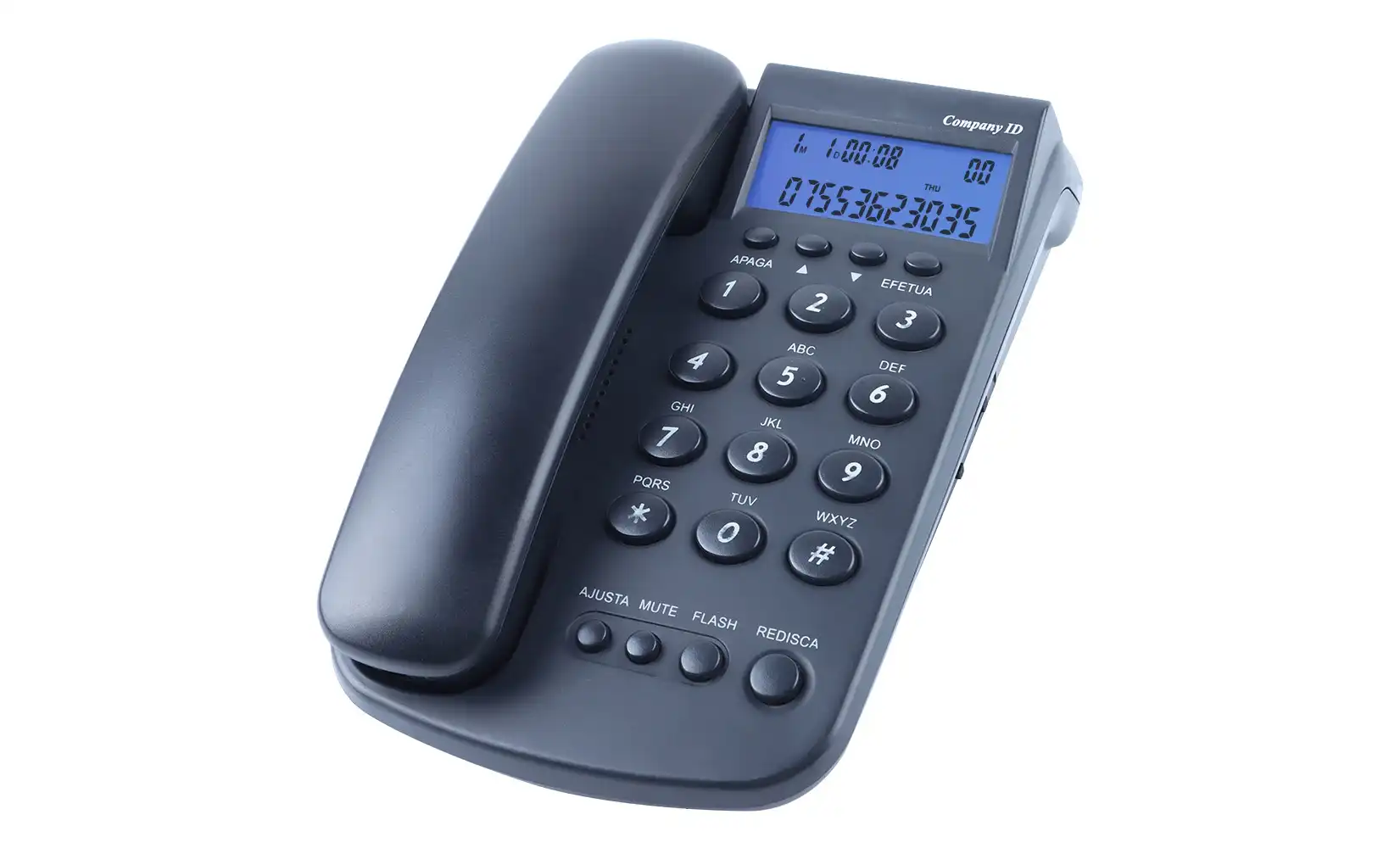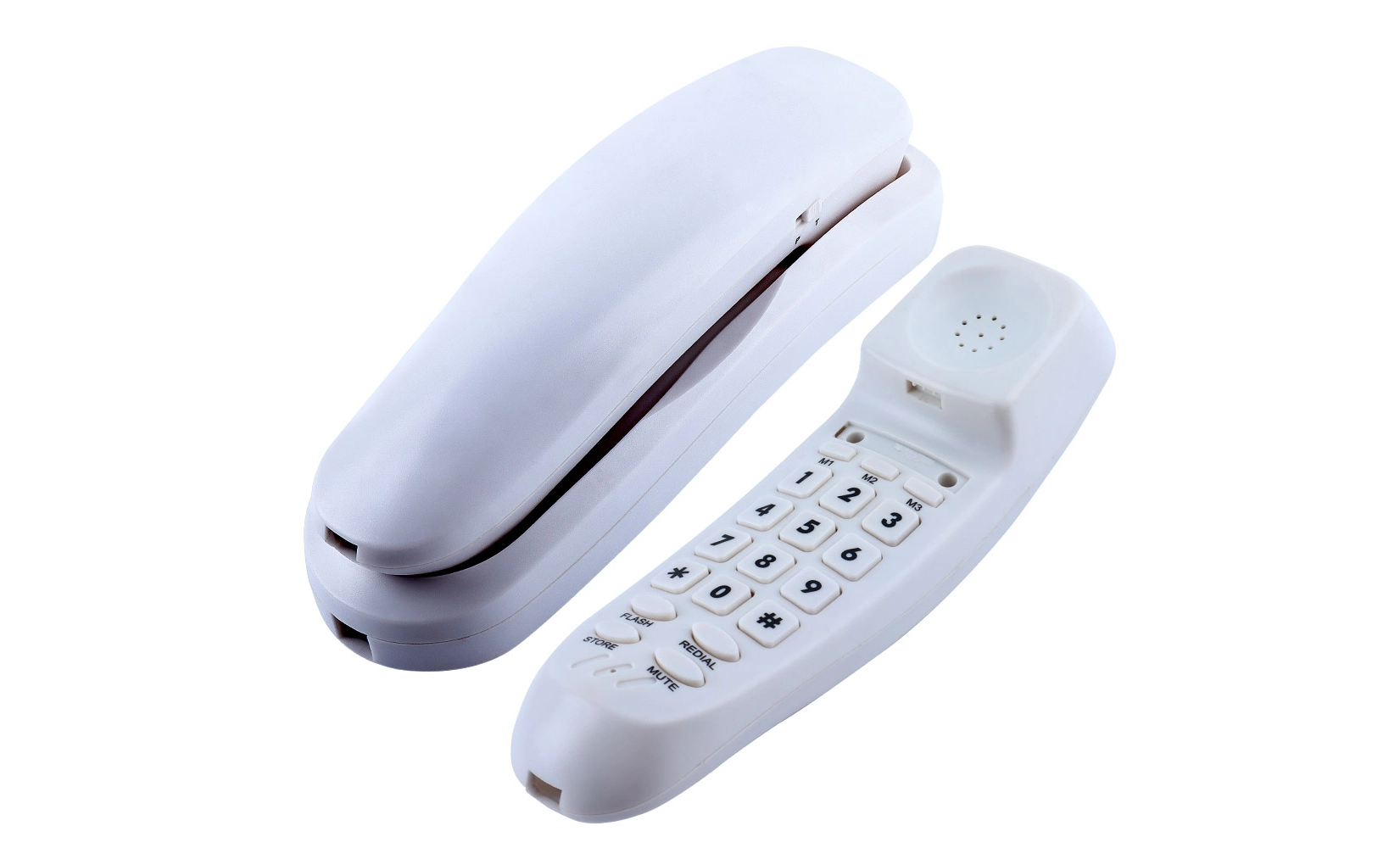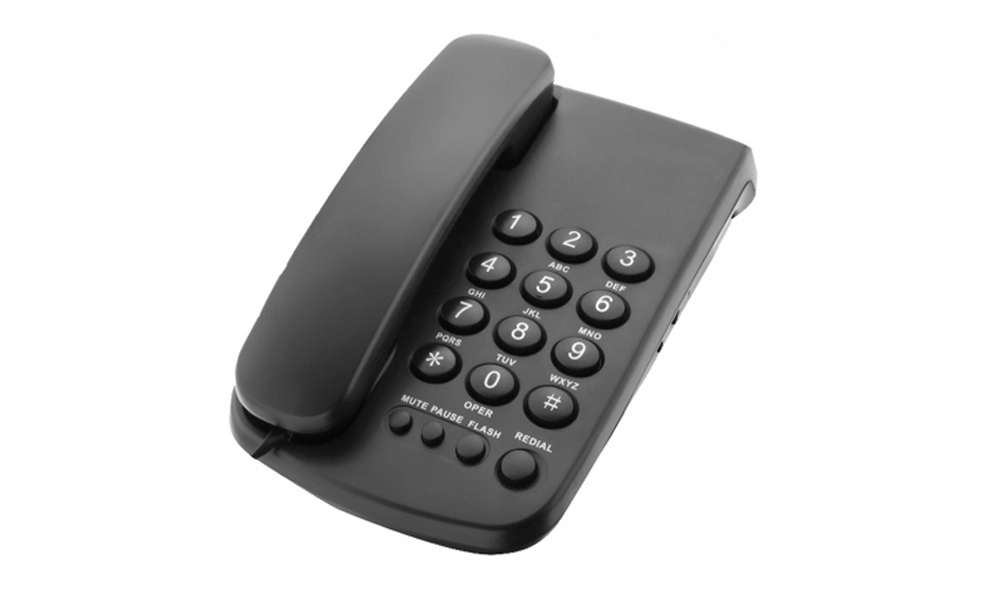The Mechanics Behind Caller ID Technology
Caller ID technology operates through a sophisticated process that involves several key components. At its core, the system relies on the transmission of data packets containing caller information. When a call is placed, the originating telephone exchange sends this data to the recipient's local exchange. This information is then forwarded to the receiving phone, which decodes and displays it.
The data transmission typically occurs using Frequency Shift Keying (FSK) modulation, a method that encodes digital information into analog signals. This process ensures that the caller's details can be sent over traditional telephone lines without interfering with the voice channel.
Components of Caller ID Systems
Several essential components work together to make Caller ID functionality possible:
- Caller ID Generator: Located at the telephone company's central office, this device creates the data packet containing the caller's information.
- Transmission System: The network infrastructure that carries the Caller ID signal from the sender to the receiver.
- Caller ID Display Unit: The hardware in the recipient's phone that decodes and displays the incoming information.
These components work in harmony to deliver the Caller ID service, enabling users to see who's calling before they pick up the phone. The technology has become so ubiquitous that it's now a standard feature in most landline telephone systems.
Data Format and Transmission
The Caller ID data packet typically includes:
- Date and time of the call
- Calling party's telephone number
- Calling party's name (if available)
This information is transmitted as a series of bits using the FSK modulation technique. The system is designed to send this data quickly and efficiently, ensuring that it arrives before the phone completes its second ring. This timing is crucial for providing users with the information they need to decide whether to answer the call.
Benefits and Applications of Caller ID on Landlines
Caller ID technology offers numerous advantages to landline phone users, significantly enhancing the calling experience. Its applications extend beyond simple identification, providing valuable tools for both personal and professional use.
Enhanced Privacy and Security
One of the primary benefits of Caller ID is the increased control it gives users over their incoming calls. By knowing who's calling before answering, individuals can:
- Screen unwanted calls from telemarketers or unknown numbers
- Identify potential scam calls and avoid falling victim to phone fraud
- Prepare for important calls by knowing who's on the line
This level of control is particularly valuable in today's world, where unwanted calls and phone scams are increasingly common. Caller ID serves as a first line of defense against these nuisances, empowering users to make informed decisions about which calls to answer.
Improved Call Management
For businesses and professionals, Caller ID technology is an indispensable tool for efficient call management. It allows for:
- Prioritizing important calls from clients or colleagues
- Preparing relevant information before answering a call
- Maintaining call logs for record-keeping and follow-ups
These features can significantly enhance productivity and customer service, as staff can be better prepared for each interaction. Moreover, integrating Caller ID with customer relationship management (CRM) systems can provide even more sophisticated call handling capabilities.
Convenience and Time-Saving
On a personal level, Caller ID offers convenience that can save time and reduce stress. Users can:
- Avoid interruptions from non-urgent calls during busy periods
- Return missed calls more efficiently by knowing who called
- Identify calls from specific contacts, such as family members or doctors
This convenience factor has made Caller ID a must-have feature for many landline users, contributing to its widespread adoption and continued relevance in the age of mobile phones.
 Evolution and Future of Caller ID Technology
Evolution and Future of Caller ID Technology
As communication technologies advance, Caller ID systems continue to evolve, offering new features and capabilities. This ongoing development ensures that landline phones remain relevant and useful in the modern telecommunications landscape.
Integration with Smart Home Systems
One of the most exciting developments in Caller ID technology is its integration with smart home systems. This convergence allows for:
- Displaying caller information on smart TVs or home assistant screens
- Announcing caller details through smart speakers
- Customizing call handling based on pre-set rules and preferences
These integrations make Caller ID more accessible and versatile, extending its utility beyond the traditional phone display. As smart home technology becomes more prevalent, we can expect to see even more innovative applications of Caller ID in our daily lives.
Enhanced Data Display and Interaction
Modern Caller ID systems are no longer limited to displaying just names and numbers. Advanced features now include:
- Profile pictures or avatars for known contacts
- Social media integration for additional caller information
- Interactive options for call handling directly from the display
These enhancements provide users with richer information and more control over their incoming calls. As display technologies improve, we can anticipate even more sophisticated visual and interactive elements in future Caller ID systems.
Improved Spam and Scam Call Detection
With the rise of unwanted calls, Caller ID technology is evolving to include more robust spam and scam detection features. Advanced systems now offer:
- Real-time number lookup against spam databases
- AI-powered analysis of call patterns to identify potential scams
- Community-driven reporting and blocking of nuisance numbers
These developments are crucial in the ongoing battle against phone fraud and harassment. As artificial intelligence and machine learning technologies advance, we can expect Caller ID systems to become even more effective at protecting users from unwanted calls.
Conclusion
Caller ID technology has come a long way since its inception, transforming from a simple number display to a sophisticated call management tool. Its ability to provide users with crucial information about incoming calls has made it an indispensable feature of modern landline phones. As we look to the future, the continued evolution of Caller ID technology promises to bring even more innovative features and enhanced protection against unwanted calls.
The integration with smart home systems, advanced data display capabilities, and improved spam detection are just a few examples of how Caller ID is adapting to meet the changing needs of users. These advancements ensure that landline phones remain relevant and valuable in our increasingly connected world.
As technology continues to progress, we can expect Caller ID systems to become even more intelligent and user-friendly. The future of this technology looks bright, with potential developments in areas such as voice recognition, augmented reality displays, and seamless integration with other communication platforms. These innovations will further enhance the user experience and solidify Caller ID's role as a fundamental component of modern telecommunications.
FAQ
How accurate is Caller ID technology?
Caller ID is generally accurate, but it can be spoofed by malicious callers. Modern systems are improving to detect and prevent spoofing.
Can Caller ID work on all types of landline phones?
Most modern landline phones support Caller ID, but older models may require an external display unit.
Is Caller ID a free service?
Caller ID is often included in basic phone packages, but some providers may charge a small fee for the service.
Understanding Caller ID Technology: How It Works on Landline Phones? | CHEETA
At CHEETA, we're committed to advancing communication technology, including Caller ID systems for landline phones. Our 18+ years of expertise in OEM/ODM services and analog telephone manufacturing position us at the forefront of innovation. With our state-of-the-art 1,200㎡ factory and team of 10 senior engineers, we produce high-quality, reliable communication devices that meet CE and ROHS standards. Our dedication to continuous improvement and customer satisfaction drives us to refine and enhance features like Caller ID technology. For inquiries about our cutting-edge landline phone solutions with advanced Caller ID capabilities, contact our sales team at allen@cheeta.com.cn.

References
1. Smith, J. (2022). "The Evolution of Caller ID Technology in Landline Systems." Journal of Telecommunications, 45(3), 256-270.
2. Brown, A. & Johnson, L. (2021). "Advancements in Caller ID: From Simple Display to Smart Home Integration." International Conference on Communication Technologies Proceedings, 89-102.
3. Thompson, R. (2023). "Combating Phone Scams: The Role of Enhanced Caller ID Systems." Cybersecurity Today, 18(2), 123-135.
4. Davis, M. et al. (2020). "User Perceptions and Preferences in Modern Caller ID Interfaces." Human-Computer Interaction Studies, 33(4), 567-582.
5. Wilson, E. (2022). "The Technical Foundations of Caller ID: A Comprehensive Overview." Telecommunications Engineering Review, 29(1), 45-60.
 Caller ID technology
Caller ID technology




